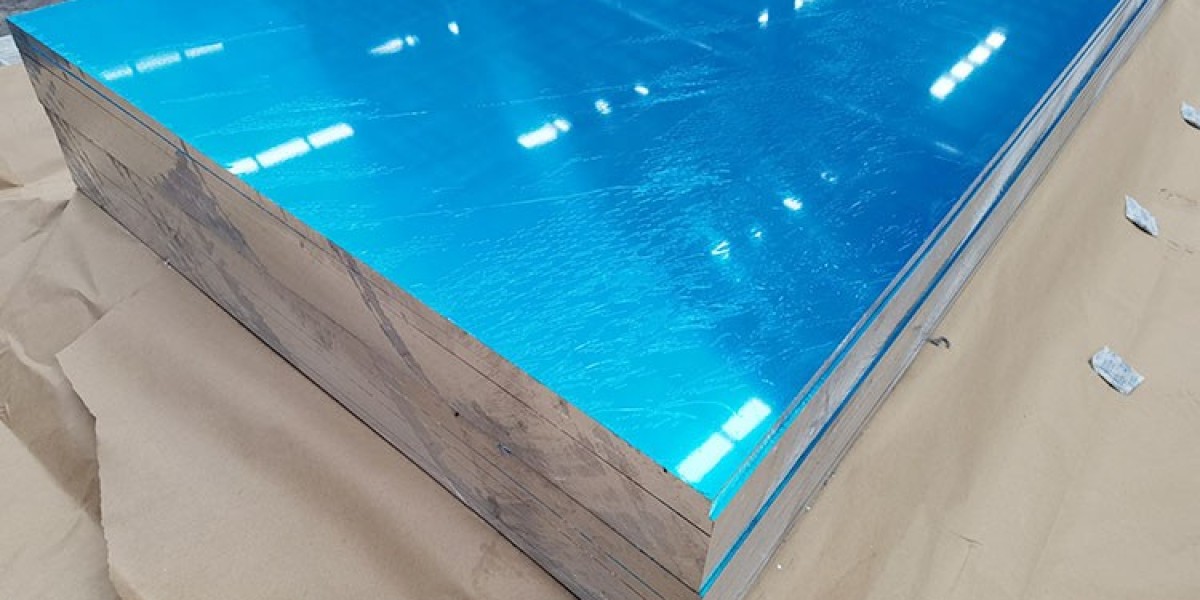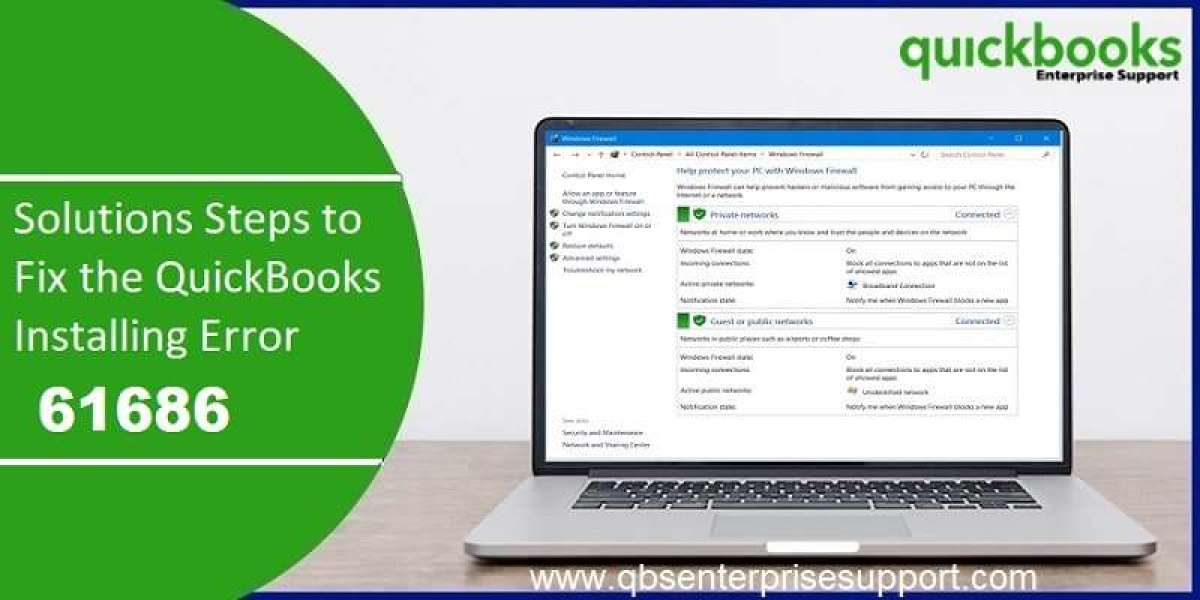Introduction
Aluminum alloys are generally divided into various alloy states depending on the content of each metal and the annealing temperature and time. It is also divided into 1000-8000 series alloy aluminium according to the different alloying content of various metal elements, among which 5052 aluminum sheet (with magnesium and chromium as the main alloying elements) and 6061 aluminum sheet (with magnesium and silicon as the main alloying elements) are invaluable products as 5xxx aluminum alloy and 6xxx aluminum alloy respectively, which naturally attracts wide attention. This article is based on the above background and elaborates the difference between the two.
Composition and Properties
6061 aluminum sheet is mainly composed of aluminum, and magnesium and silicon are its main alloying elements. The physical properties of 6061 aluminum sheet include a density of 2.7 grams per cubic centimeter (g/cm³), a melting point of approximately 585 degrees Celsius (°C), and a thermal conductivity of 167 watts/meter-Kelvin (W/(m-K)).
In contrast,5052 aluminum plate is mainly composed of alloys of aluminum, magnesium and chromium. Its density is about 2.68g/cm³, and its melting point is about 607°C. Additionally, it has a thermal conductivity of 138 W/(m-K).
Corrosion Resistance
When it comes to corrosion resistance, both 6061 and 5052 aluminum sheets offer commendable protection against various corrosive environments. However, there are slight differences between the two.
6061 aluminum sheet demonstrates good resistance to atmospheric corrosion and general chemical exposure. It is particularly resistant to stress corrosion cracking, making it suitable for applications involving prolonged exposure to harsh conditions, such as marine environments.
On the other hand, 5052 aluminum sheet exhibits superior corrosion resistance, especially in saltwater environments. Its chromium content significantly enhances its ability to withstand saltwater corrosion, making it an excellent choice for marine applications.
Strength and Weldability
In terms of strength, 6061 aluminum sheet offers impressive characteristics with tensile strength ranging from 180-290 MPa. This high strength-to-weight ratio makes it suitable for structural components and load-bearing applications. Additionally, 6061 aluminum sheet can be easily welded using various techniques such as metal inert gas (MIG) and tungsten inert gas (TIG) welding, offering flexibility in fabrication processes.
In comparison, 5052 aluminum sheet possessesa slightly higher tensile strength, ranging from 210-305 MPa. The increased strength can be attributed to the magnesium content in the alloy. Welding of 5052 aluminum sheet is also possible and commonly performed using different welding methods. However, it is important to note that during the welding process, the heat-affected zone may experience reduced strength. Therefore, proper welding techniques and post-weld treatments should be employed to maintain the material's integrity.
Formability and Machinability
The main differences between 6061 and 5052 aluminum sheets are their composition and mechanical properties, which affect malleability and workability. The following is a breakdown of each property:
Formability:
5052 Aluminum Sheet: Suitable for a variety of applications where shaping or bending is required. It has good corrosion resistance and can be easily welded. It is often used in marine applications, vehicle panels and general sheet metal work.
6061 Aluminum Sheet: Aluminum 6061 sheet has a higher strength and slightly lower formability than aluminum 5052 sheet and can be shaped or bent with appropriate techniques. It has excellent corrosion resistance and can be welded, but may require preheating. It is commonly used for structural components and parts that require high strength.
Machinability:
5052 Aluminum Sheet: Forms small fragments during machining and provides consistent properties. Can be easily drilled, turned, milled and tapped using standard machining processes.
6061 Aluminum Sheet: Has a higher hardness and strength and produces longer chips during machining, requiring proper chip management. It can still be machined successfully with the proper tools and cutting parameters.
In summary, both 6061 and 5052 aluminum plate offer good formability and machinability, but there are some differences. 5052 aluminum plate offers better formability, while 6061 aluminum plate offers higher strength. When choosing between the two, consider the specific requirements of your project to determine which alloy is best suited.
Applications
Both 5052 and 6061 are commonly used grades of aluminum alloy sheets with a wide range of applications. Here is an overview of their common uses:
Aluminum 6061 plate is widely used in aerospace applications, including aircraft wings, fuselage structures and other components where high strength and light weight properties are required. For structural framing, 6061 aluminium sheet's high strength-to-weight ratio makes it ideal for building structural frames such as bicycle frames, automotive chassis and support beams. It is also often used in the manufacture of a variety of industrial equipment, including machine bases, conveyor systems and tooling plates. Aluminum 6061 sheet is often chosen for electrical enclosures because of its corrosion resistance, electrical conductivity and ease of fabrication. Many sporting goods: bicycle frames, golf club heads and baseball bats, for example, are made of 6061 aluminum plate because of its strength and light weight.
Aluminium 5052 sheet is commonly used for hulls, decks and other marine components due to its resistance to salt water corrosion. It is also widely used in automotive parts, such as fuel tanks, panels and trim parts. The alloy can be used in architectural elements such as facades, roofs, and siding, where it takes full advantage of its corrosion resistance and aesthetics. The chemical resistance of 5052 aluminum plate makes it suitable for storing various liquids, making it the first choice for storage tanks used in industries such as food processing, chemical storage and transportation. Its excellent formability makes it suitable for a variety of sheet metal applications including cabinets, enclosures and general fabrication.
Cost and Availability
The cost of aluminum sheet must take into consideration a variety of factors, such as market demand, production volume, and the composition of the specific alloy.The flexible alloy 6061 aluminum sheet is usually available and affordable. The widespread utilization of it makes it generally more affordable across a variety of businesses.This also is true for 5052 aluminum sheet, which is easily accessible and offers fair value for its desirable characteristics. Due to its outstanding corrosion resistance and the suitability for ocean applications, the cost of 5052 aluminum sheet may vary slightly.
Conclusion
In conclusion, understanding the difference between 6061 and 5052 aluminum sheets is crucial when selecting the appropriate material for your specific application. Consider factors such as corrosion resistance requirements, strength specifications, formability needs, and budget constraints when deciding between 6061 and 5052 aluminum sheets. If you want to customise personalised, diversified aluminium sheets or other aluminium products, I suggest Henan Yongsheng Aluminium, which has been specialising in aluminium for 23 years, has modern plants and first-class production lines in China, and is one of the top 100 enterprises in Henan Province. We do things sincerely and provide quality service for our customers.By Yongsheng Aluminium to help you make an informed choice, you can ensure optimal performance and longevity in your intended application, whether it's in aerospace, automotive, marine, construction, or any other industry that relies on the versatility of aluminum sheets.








